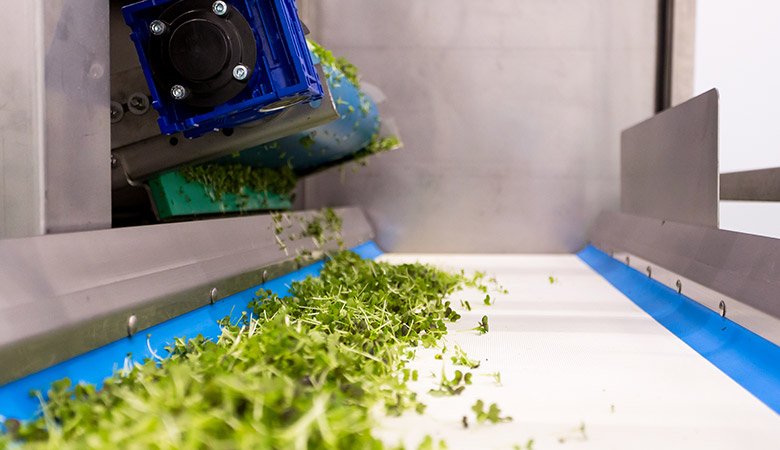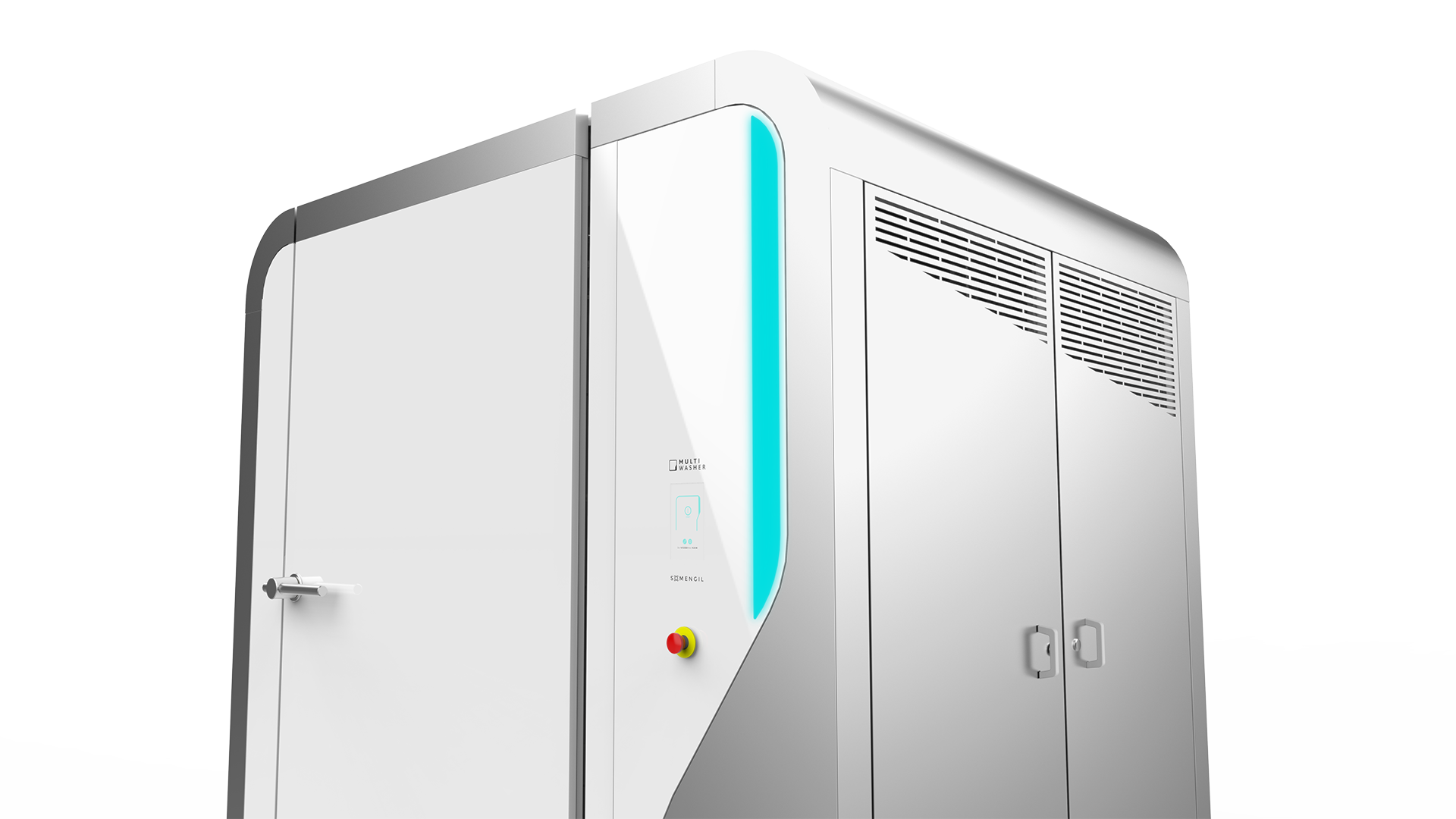Gestão / Artigos
Do, Doing, Done: o que é Método Kanban?
Simples e eficaz. Descubra tudo sobre o método Kanban e o impacto que tem na gestão de qualquer tipo de projeto.

 14 minutos de leitura
14 minutos de leitura
2022-12-15 18:00:06
Simples e eficaz. Descubra tudo sobre o método Kanban e o impacto que tem na gestão de qualquer tipo de projeto.
Saber exatamente em que estado está cada tarefa, ver tudo o que há para fazer num único local, identificar, gerir e comunicar prioridades de forma eficaz. Estes são apenas alguns dos desafios que qualquer gestor enfrenta diariamente, seja na gestão de produção ou ao lançar uma nova app no mercado. Como se lida com toda esta complexidade, que aumenta a cada dia com novas exigências dos consumidores, tecnologias emergentes e cadeias logísticas em permanente mutação? A resposta não passa por mais ferramentas, reuniões ou emails – mas sim por uma solução simples e lowcost nascida da necessidade no Japão há mais de 60 anos e que continua a cativar nos dias de hoje. Descubra em que consiste o método Kanban e como implementar facilmente no seu negócio.
O que é o Método Kanban e quais as vantagens para a gestão de projetos?
O Método Kanban é um sistema de gestão de tarefas ao longo de um processo ou workflow. Tipicamente, cada tarefa é representada num cartão que se vai deslocando ao longo de estados padronizados, como “Por iniciar”, “Em curso”, ou “Concluído”, normalmente dispostos em colunas. A equipa reúne-se à volta deste quadro com regularidade e atualiza o status das suas tarefas, o que faz do Kanban tanto um sistema de planeamento como de comunicação.
O método Kanban, de origem japonesa e que significa “cartão”, foi uma de muitas inovações a emergir do pós-guerra. Estas origens revelam a sua finalidade: o primeiro sistema Kanban foi uma criação de Taiichi Ohno, o engenheiro industrial que transformou a Toyota e a indústria automóvel mundial. Sem alterações de nota há praticamente 60 anos, foi criado como um sistema de planeamento simples, cujo objetivo era controlar e gerir o trabalho e o stock ao longo de todas as etapas da produção de forma ágil.
Assim, um quadro Kanban funciona como uma central de informações em tempo real, onde todos conseguem visualizar as tarefas que precisam de ser feitas, as que estão a ser realizadas e as que foram concluídas. Pode ser um quadro físico, colocado nas proximidades de um posto de trabalho, ou digital para que equipas fisicamente separadas possam ir acompanhando o status.
Numa era de tecnologias cada vez mais complexas, o método Kanban é de uma simplicidade desarmante. É muito eficaz em acompanhar e controlar o fluxo de trabalho num único ambiente, conseguindo exibir em tempo real em que fase se encontra um projeto. Muitas vezes, basta um relance para perceber em que fase se acumulam tarefas, se há mais “cartões” a entrar ou a sair, e, com um sistema de cores associado, é possível tipificar ações, como por dificuldade ou área de atividade. Estas premissas são aplicáveis a praticamente qualquer indústria, o que explica a sua ampla popularidade em todo o mundo.
Como é que o Método Kanban ajuda as empresas na prática?
O Método Kanban é a escolha de grandes marcas mundiais e start-ups emergentes para melhorar os seus fluxos de trabalho e aumentar a eficiência. Hoje, a Toyota é uma empresa muito diferente da que Taiichi Ono conheceu e onde estreou esta metodologia. Tem mais de 338.000 funcionários em todo o mundo e alcançou o feito que parecia impensável à época de se sobrepor à indústria americana automóvel e de se tornar o maior produtor do mundo em unidades vendidas. E apesar de todas as mudanças, continua a usar o Método Kanban para gerir a produção. Especificamente, a marca recorre a um Quadro Kanban composto por três colunas: “Backlog”, “Em Progresso” e “Concluído”, cada uma designando o estado das tarefas de acordo com cada momento e disponível perto de cada equipa de trabalho,
A marca Spotify, o serviço de streaming de música com cerca de 60 milhões de utilizadores, também adotou o Método Kanban de forma muito semelhante à Toyota, mas acrescentando ainda uma quarta coluna designada “Adiar”. Nesta nova coluna são inseridos cartões com tarefas que precisam de mais tempo para serem concluídas. A Spotify também usa cartões denominados “Bloqueados” para designar tarefas que não podem ser efetuadas por qualquer motivo. Todos os quadros Kanban são acessíveis e editáveis por todos os funcionários. Não admira: o método Kanban é uma das inspirações das metodologias Agile adotadas por muitas empresas tecnológicas.
wAlém disso, a Zara, o grande nome da indústria da moda com mais de 17.000 funcionários em todo o mundo, também usa o Método Kanban em cada loja. Os fluxos de trabalho são organizados de forma semelhante, com as designações “Pré-Controlo”, “Controlo” e “Pós-Controlo” para orientar a execução de tarefas e aumentar a eficiência. Mas os exemplos de utilização do Método Kanban não ficam por aqui. Cada vez mais gigantes mundiais adotam este sistema, como a Pixar, Nike, Jaguar, Apple, cativados pelas muitas vantagens do sistema.
Quais as vantagens do Método Kanban?
O Método Kanban apresenta diversas vantagens, especialmente ao nível da produtividade, assegurando um fluxo de trabalho sem falhas, contínuo e claro para todos os intervenientes.
O Método Kanban evita tempos mortos
O Método Kanban permite que todos os funcionários acompanhem as tarefas e ações que precisam de ser desenvolvidas. Isto significa que não precisam de aguardar por indicações ou instruções sobre o que fazer a seguir e como proceder, na medida em que todos têm acesso ao panorama completo.
O Método Kanban eleva a qualidade dos processos
A divisão em fases de produção torna clara a sequência das tarefas, evitando falhas na produção e perda de qualidade do produto final. Assim, as empresas obtêm processos mais rápidos e, ao mesmo tempo, de alta qualidade.
O Método Kanban é simples
Esta ferramenta de gestão de projetos não podia ser mais simples, estando, por isso, ao alcance de qualquer equipa. Com um baixo investimento, é possível evitar as burocracias, reuniões pouco produtivas, trocas de email que tornam a gestão um fardo para as equipas.
O Método Kanban agiliza a comunicação
Com o Método Kanban, as equipas podem comunicar entre si sem esforço. O facto de toda a informação estar centralizada permite que todos possam visualizar prontamente o que foi realizado e quem está a fazer o quê.
Quais as limitações do Método Kanban?
Apesar das muitas vantagens, o método Kanban também tem as suas limitações. É muito eficaz na gestão de tarefas simples, mas a visualização torna-se mais complexa quando há interligações e precedências. Como cada tarefa é representada num cartão, a ligação não é imediatamente visível – nem o impacto que alterar uma tarefa tem nas restantes. Por isso, não é tão recomendado para a gestão de projetos complexos nem substitui a utilização de ferramentas para esse fim. Pelo contrário, complementa-as e é uma excelente ferramenta de gestão do último nível de detalhe.
Por outro lado, o método Kanban exige disciplina e treino. Na maioria dos casos, a atualização dos status é manual, as reuniões de acompanhamento, breves e focadas, devem ser cumpridas religiosamente e a adição de novas tarefas depende largamente dos participantes. A própria forma como se escreve as tarefas pode tornar o sistema mais ou menos eficaz – se for demasiado genérico não comunica nada, se for demasiado técnico torna-se impercetível. Pode parecer simples, mas é sempre necessário algum tempo, normalmente várias semanas, até que a atualização do quadro Kanban se torne uma rotina e que os resultados comecem a aparecer.
Há ainda uma limitação estatística. O acesso a dados de execução, como o tempo médio, a taxa de conclusão on-time, ou a distribuição da carga de trabalho por pessoa é trabalhosa nas versões físicas do quadro. O mesmo se aplica em relação a documentos de apoio, como fotografias, procedimentos a seguir, ou ordens de trabalho, que aumentam o ruído visual nas versões físicas do quadro Kanban. Nas versões digitais, a que nem todas as equipas terão facilmente acesso, estas questões não se colocam. Mas apesar das limitações, este sistema continua a ser um excelente aliado na gestão e distribuição prática das tarefas, desde que seja corretamente implementado.
Como implementar o Método Kanban na sua empresa
Implementar o Método Kanban na sua empresa é muito simples. Geralmente, integra três elementos principais:
- Cartões: os cartões contêm as descrições das tarefas ou ações previstas. Normalmente, cada cartão contém uma tarefa, agregando todas as informações necessárias à sua execução, como responsáveis, prazos, prioridades, sequências, entre outros pontos.
- Colunas: as colunas são as representações visuais das várias etapas do fluxo de trabalho, desde as não iniciadas até às entregues. As colunas mais usadas são “Por iniciar”, “Em curso” e “Concluído”, podendo ser adicionadas outras em conformidade com a natureza e complexidade do projeto. Os cartões são distribuídos por cada coluna de acordo com o estado em que se encontram. Não é recomendável ter mais de 5 colunas ou estados, para não tornar o processo muito complexo.
- Quadro: o quadro Kanban é uma espécie de tabuleiro no qual os cartões percorrem todas as colunas.
Tendo em mente estes elementos, basta pensar numa estrutura adequada ao seu tipo de atividade, considerando que cada coluna deve representar uma fase de um processo ou projeto. Poderá concluir que precisa de adicionar colunas adicionais ao seu roteiro – tomando como exemplo uma empresa de Engenharia, poderá ser útil incluir colunas de “Design”, “Revisão de Código” ou “Teste”. Os cartões movem-se entre as colunas à medida que forem avançando na execução.
Assim, quando construir o seu quadro Kanban, comece com uma estrutura simples, explore as funcionalidades e melhore gradualmente. Os elementos das equipas podem utilizar os cartões para comunicar entre si, como fazer perguntas sobre uma determinada tarefa ou acrescentar informação, como imagens, ficheiros, comentários, checklists, entre várias outras possibilidades.
Somengil, ao lado de empresas que melhoram a sua eficiência
Aumentar a eficiência é uma prioridade para qualquer empresa. Especificamente no que diz respeito aos processos de lavagem industrial, é possível obter uma eficiência sem precedentes com equipamentos de última geração. Com a MultiWasher, máquina de lavagem de última geração desenvolvida pela Somengil, as empresas podem atingir um nível de sustentabilidade, poupança e eficiência que de outra forma não seria possível. Como? Esta máquina utiliza menos 2/3 de água que as outras soluções de lavagem industrial, 70% menos detergente necessário e consumo de energia smart. Veja por si mesmo a diferença que a MultiWasher pode fazer no seu negócio e agende um webinar para ver este equipamento em ação, sem compromisso.
Também pode gostar

Gestão / Artigos
Lean Manufacturing na indústria alimentar
O Lean Manufacturing ajuda as empresas na indústria alimentar a serem mais competitivas e inovadoras. Mas porque é que tantas empresas no setor t...
Postado em 2021-12-23

Gestão / Artigos
Cozinhas industriais: 13 dicas de otimização
Descubra 13 dicas para otimizar uma cozinha industrial e criar um ambiente de trabalho mais funcional, seguro, organizado e sustentável.
Postado em 2022-08-16

Gestão / Artigos
Como escolher carrinhos de transporte
Deslocar cargas de forma rápida e segura não é tarefa fácil. Saiba como escolher carrinhos de transporte que agilizam o trabalho diário.
Postado em 2022-07-28






















 Portugal
Portugal United Kingdom
United Kingdom United States
United States France
France Spain
Spain Germany
Germany Romania
Romania Italy
Italy Czech Republic
Czech Republic Finland
Finland Hungary
Hungary Slovakia
Slovakia Greece
Greece Lithuania
Lithuania South Korea
South Korea Russia
Russia